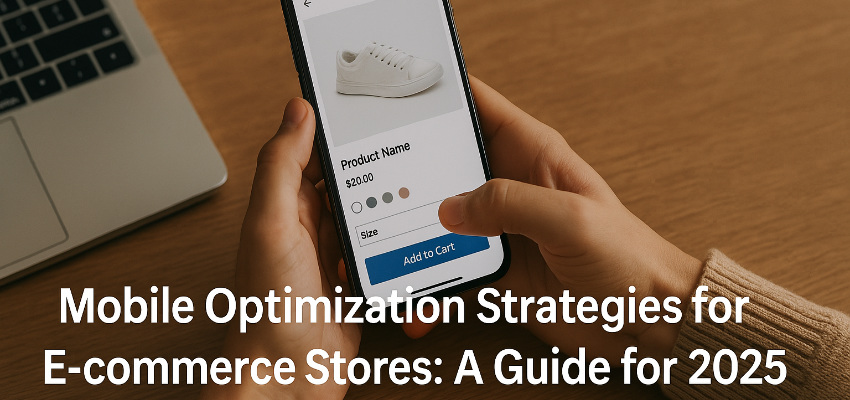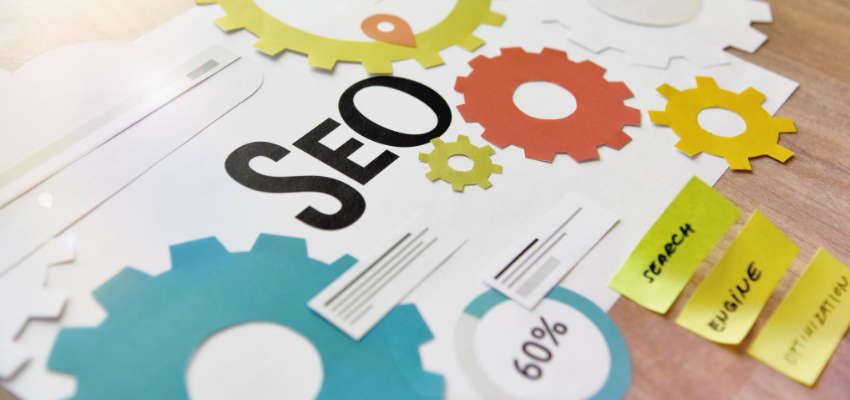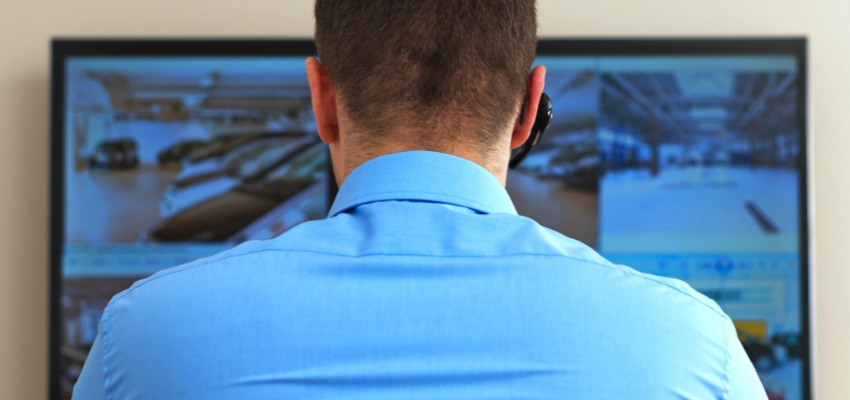Show:
Agile UX: How to Make User Experience Design Work in Agile Teams
The modern workspace is incredibly egalitarian, and a massive contribution to this comes from the concept of agile teams. These teams are more of a group project than an actual workspace. It’s people coming together to achieve a common goal.
The reason why these agile teams are so effective is because they’re adaptable (agile). The teams are self-organized, so there’s no rigid hierarchical structure. This kind of structure was a cage for some of the most creative thinkers in the field. The momentum is already gone by the moment the idea is to be actualized.

On the other hand, an agile workspace positively affects:
- Collaboration
- Communication
- Visual management
- Productivity
- Cross-functional integration
These five alone are enough to completely revolutionize any workspace.
Still, where do user experience designers fit into all of this? Overall, when working on a product, its success is determined by UX. If the customers say your product is good enough, even though it may not live up to your quality standards, it’s good enough.
So, in theory, the work of UX designers is supposed to be pivotal, but where does it fit in an agile team? Let’s find out!
1. Early involvement and building roadmaps
Just think about the way you’re going to market your product. Every good storyteller starts with a protagonist and a problem. Then, you have the agent of the problem’s resolution (the product). This is how your marketing team will portray it and what your audience will expect.
This is the crucial component; what do people expect of this product? Early on, UX designers need to work closely with the marketing team to find the balance between what is expected and what is realistic. Every user has fantastical feats and features they want the product to contain, but you can only achieve so much with limited resources.
This is another reason why UX designers need to be involved early on. They can establish the available resources through collaboration with the product manager and the project owner. Then, they can plan for the optimal user experience with the available resources.
This is why building Agile product roadmaps is so essential. This way, the entire project will remain on track, and you won’t have much issue with the execution of the project.
Make no mistake; resources come in many different shapes and formats. The three main ones are:
- Money
- Time
- Workforce
Other than the competence of your team, these three factors will be the main limitations to what is objectively possible to achieve.

2. Active participation in user research
Without UX designers, you have no idea what you’re looking for. In other words, their starting position is there to help you define research goals. What are you trying to find out? Once you have an answer to this question, you’re on to the next stage:
- Planning research activities
How are you going to find out these things? Are you going to rely exclusively on surveys? While they’re great for data analysis, the questions must be well-formulated, and you need to address all the vital issues as quickly as possible. Beating around the bush for too long will compromise the quality of data. Just think about it, when working on a 20-page survey, you’re not as focused on page 18 as on page 3. It’s the job of a UX developer to cull the irrelevant questions and ensure that it’s not a 20-page survey.
This is not the end of the research materials development.
While surveys are great, they’re not enough to tell you how the product will behave. They won’t even be good enough to convince the investors. Instead, you need things like prototypes and usability test scenarios.
If you have a lot of test participants, you’ll have to develop a guide to ensure that they’re using the product correctly. Otherwise, the test sample you get from using these products will be tainted/inconclusive.
User journey maps and personas are also significant. You need to make a correlation between actual users and their product use. Only then will you get a full picture?
3. Constantly improving through courses and bootcamps
Now, while the basic principles of UX design sound like something everyone working on the product needs, this is not as easy to achieve. UX design is an ever-evolving field. While understanding basic principles is important, you need someone with a greater understanding of the field.
This means that you will have to send someone on multi-day (even multi-week) courses and bootcamps to keep up with all the latest trends in the field.
So, you need someone who can master UX design skills with these bootcamps.
Later, this person (your UX design specialist) can convey the basics to the rest of the production team. In other words, you send them out there to hone their skills and then break down the basics on a need-to-know basis to the rest of your team.
So, how hard is it exactly to stay up to date? Keep in mind that there are new trends every year. In 2023, for instance, some of the biggest trends are:
- AI-generated content
- Metaverse
- Advanced cursor interactions
- Micro-interactions
- More personalized user experience
While some other trends like 3D designs, responsive design, and dark mode are hardly something new, even here, there’s usually a twist. Just keeping a tab on an old trend can improve how you handle these matters and give you a completely new perspective on the subject matter.

4. Guiding through the iterative design process
One of the things that product developers can learn from the video game industry is how to do the iterative design process the right way. Instead of guessing what the customer will want, you make an “early alpha” version of the product (barely more than a prototype) and launch it.
To make the long story short, you make a prototype, launch it, tweak it, and launch it again. You repeat the process until the product is complete.
The cost of this product is much lower (because of the shorter development), and it will be an incredible tool for fundraising. After all, you can make the purchase a requirement for early alpha access (it makes money sooner), and you already have something to show your investors.
Most importantly, you have all that user data and feedback without outrages. Because of the current game development culture (day-one patches, years-long alphas, etc.), the customers are completely fine with the developer releasing an unfinished project.
The growth of the SaaS industry has grown people accustomed to the idea of a product that’s constantly in development. It’s nothing strange for games to get patches, updates, DLCs, immersion packs, and even full-blown expansions years after they’re released initially.
A UX design specialist needs to monitor the entire process, keep an eye on the user activity, and apply high empathy to all the user feedback.
Positive feedback is great as a form of social proof (something that will come in handy in your marketing), but it’s the negative feedback you should focus on. Constructive criticism is how you learn. More often than not, it’s not game-breaking bugs that kill the product (in the review section); it’s the overall poor UX.
5. Take charge of the communication
Imagine a scenario where the developer spends days on a feature – they consider it their brainchild. The product comes out, and the customers are critical of the feature. Whose job is it to break it down gently to the developer?
As a UX designer, you must understand that the UX is just how the users have experienced the product. If most of your users are beginners, you can’t blame them for not paying much attention to an advanced feature (or even believing that it’s useless). You need to gather all this data, analyze it, and then figure out what is useful and what is useless. Remember our previous fictional scenario – there’s no point in breaking your team’s heart over someone being mean (or outright wrong).
Cross-functional collaboration is a complex project. To make the product, you must foster collaboration between developers, UX designers, marketers, and other parties. Maintaining regular collaboration is a difficult task, especially when everyone has their daily tasks to tend to. They may often believe this to be a waste of time (or a distraction from their regular duties). A good UX designer will easily convey why all of this is needed.
User experience comes first, so it’s the job of the UX specialist to keep everything bound together
Everything starts and ends with user experience. You need to start by making a roadmap. Then, you want to observe user relations and interaction with your brand while constantly improving. Iterative development is usually a great concept that leads to amazing outcomes. Lastly, without the right collaboration, there’s no great product. It’s the job of a UX specialist to keep all of this together in an agile team.
About the author:
Srdjan Gombar is a veteran content writer, published author, and amateur boxer. Srdjan is a Bachelor of Arts in English Language & Literature and is passionate about technology, pop culture, and self-improvement. His free time he spends reading, watching movies, and playing Super Mario Bros. with his son.

 Return to Previous Page
Return to Previous Page








